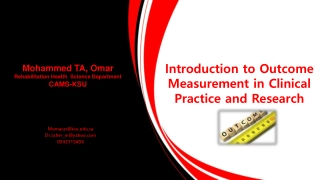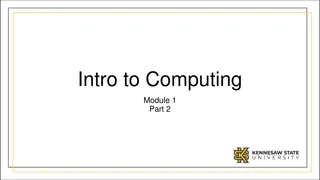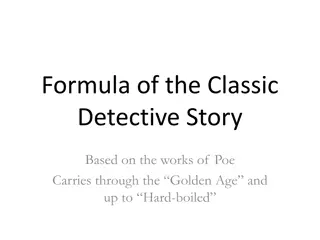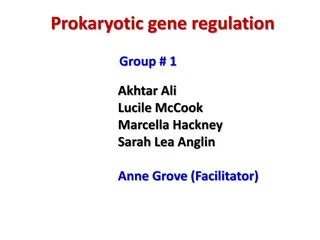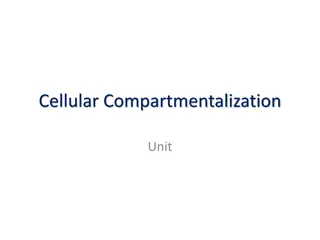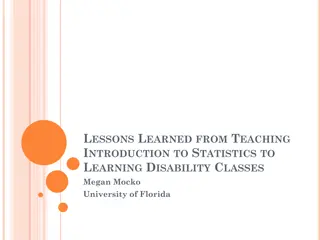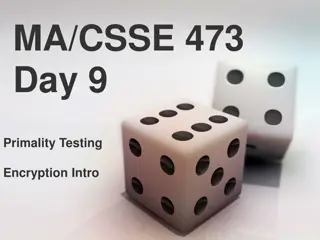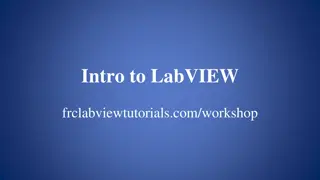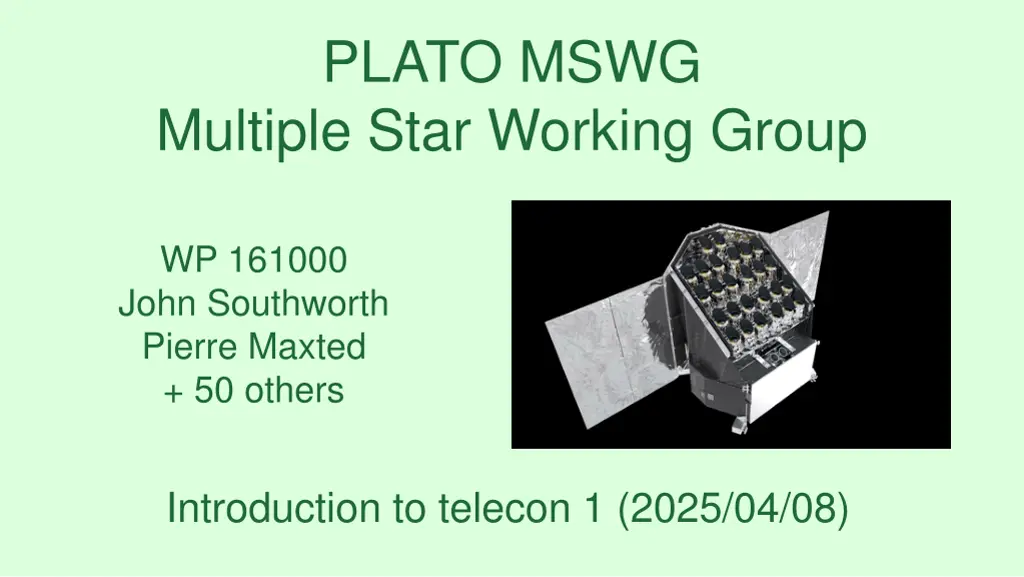
Exploring PLATO Mission: High-Quality Light Curves and Multiple Star Phenomena
"Discover the PLATO mission's aim to find transiting rocky planets with high precision, along with its multiple star working group focusing on binary and multiple star phenomena. Learn about the mission's cameras, observation fields, and various sample categories for scientific research."
Download Presentation

Please find below an Image/Link to download the presentation.
The content on the website is provided AS IS for your information and personal use only. It may not be sold, licensed, or shared on other websites without obtaining consent from the author. If you encounter any issues during the download, it is possible that the publisher has removed the file from their server.
You are allowed to download the files provided on this website for personal or commercial use, subject to the condition that they are used lawfully. All files are the property of their respective owners.
The content on the website is provided AS IS for your information and personal use only. It may not be sold, licensed, or shared on other websites without obtaining consent from the author.
E N D
Presentation Transcript
PLATO MSWG Multiple Star Working Group WP 161000 John Southworth Pierre Maxted + 50 others Introduction to telecon 1 (2025/04/08)
The PLATO mission ESA M3-class mission High-quality light curves to find transiting rocky planets: Baseline aim is to measure planet radius to 3% and age to 10% for a 1 R planet in a 1au orbit around a V=10 mag G0V star. Launch scheduled for December 2026 Position will be the Sun-Earth L2 point Will spend first 2 years observing one field in the southern hemisphere
PLATO cameras 24 normal cameras (N-CAM): Four groups of six cameras Each 12 cm pupil 1037 deg2 field at 15 arcsec px-1 Wide red passband (500-1000 nm) Exposure time 25s Two fast cameras (F-CAM): One blue (505-700 nm) and one red (665-1000 nm) Smaller field of view and faster exposures, not meant for science
PLATO field LOPS2 field 2132 deg2 field Centre: 06 21 14.5, -47 53 13 All 24 cameras near centre 2 Fewer cameras further out Observe for 2 years minimum Covers LMC + TESS CVZ PLATO Input Catalogue (PIC) LOPN1 field ready in the North LOPS2 field (Nascimbeni et al., 2025)
PLATO sample P1 (bright sample): 15,000+ bright dwarfs and subgiants F5-K7 P2 (bright sample): As P1 but for stars brighter than 8.5 P4 (M-dwarf sample): 5000+ M-dwarfs P5 (statistical sample): 245,000+ F5-K7 dwarfs+subgiants Stars in these samples reserved for core science
Complementary Science PLATO mission has a Complementary Science element Variability catalogue (WP 160 000) Binary & Multiple Stars (WP 161 000) Pulsating Stars (WP 162 000) Magnetic Stars & Rotational Variables (earlier than F5; WP 163 000) Stars with Mass Loss (WP 164 000) Young Stellar Objects & Stars with Debris Disks (WP 165 000) Galactic Structure (WP 166 000) Transient Phenomena & Extragalactic Science (WP 167 000) Ground-based follow-up (WP 169 000) https://fys.kuleuven.be/ster/research-projects/plato-cs
MSWG (Multiple Star Working Group) WP 161 000 Binary & Multiple Stars (PI John Southworth) Responsible for scientific exploitation of all binary and multiple-star phenomena: We define the science cases We apply for PLATO observations via GO (Guest Observer) program We organise ground-based follow-up We analyse the data we obtain Overlap with other Complementary Science WPs Cannot work on core science (i.e. planets) Some objects (e.g. bright FGK EBs) in scvPIC
PLATO timescales Selected by ESA in 2014 Launch: scheduled for December 2026 Travel and commissioning take 90 days GO application deadline expected in early 2026 We have to apply for GO like everyone else PIC and variability catalogue should be available Keele will have a catalogue of eclipsing binaries and parameters Proprietary period 1 year as standard Consortium access in summer 2027
What the MSWG needs to do now Assemble science cases (White Paper?) Compile list of targets Keele is working on this (JS + new PhD student) Variability catalogue from TESS will be available Other suitable catalogues already published Get ready for GO application process Sign PLATO Non-Disclosure Agreement if you can and get access to ESA Confluence Separate wiki page for Complementary Science Better MSWG webpage needed (JS to do this) Collaboration with 4MOST and/or PLATO planet WGs? What else?




